The average careful ebike rider may crash after every 4,500 miles on the trails. And head injuries cause three-quarters of annual bike deaths in a survey. These scary stats don't discourage you from your favourite sport or pastime.
What's clear is that you need a helmet when riding an eMTB – even if your local laws don't say so. Here's exploring the various features of emtb helmets and why you should wear one when hiking in the New Year.
Before You Choose an eMTB Helmet
You know you need enough protection while riding an eMTB and are probably budgeting already for a helmet. But eMTB helmets come in various categories for different situations. You want adequate information on this all-too-important bike accessory before making your final selection.
The right helmet reduces the maximum force behind unexpected impacts. That's why it includes a stiff foam layer, often as crushable expanded polystyrene (EPS) or the modern MIPS technology.
MIPS helmets have extra padding to shield the head against unexpected movements in an accident. Unlike the more conventional pads, they safeguard the head from rotational impacts during a fall. Although they're a little costlier than helmets without the MIPS feature, the little excess fee is worth your peace of mind.
More on safety concerns. Your emtb helmet must remain on your head even in the unlikely event of multiple impacts, e.g. from several trees. That's why the helmet comes with a strong belt to strap to the chin.
The right helmet should also rest easily on your head and cover as much as is necessary. If your emtb helmet slips sufficiently to expose large parts of your head, adjust the belt or replace it.
Besides providing enough protection, you need a helmet that keeps you comfortable during your planned riding conditions. Select a helmet of the right size, shape, and tightening mechanism. Think about the trails you'll often ride using the bike and for how long you'll climb.
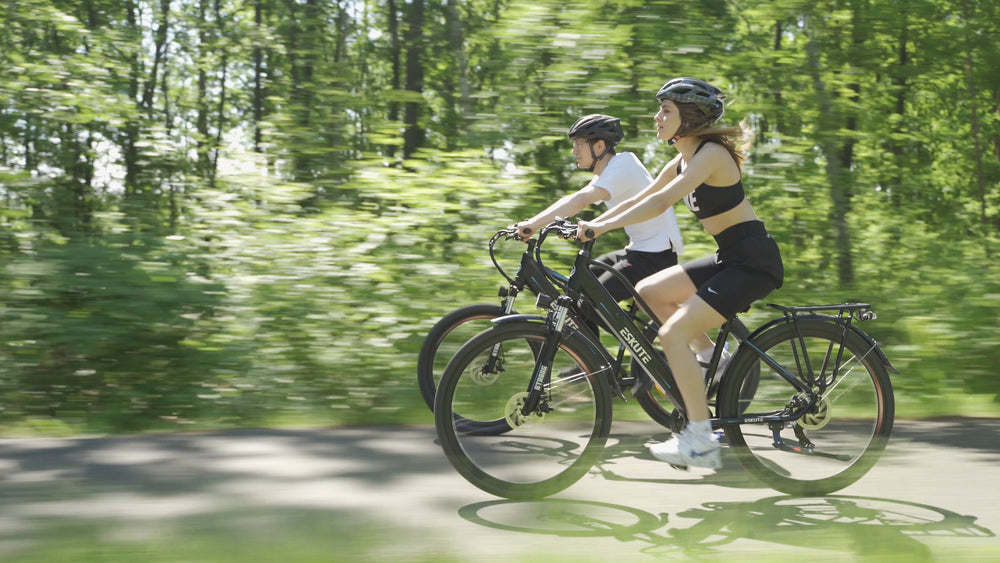
Also, factor in the conditions around your ride. You want to wear a full-face helmet if racing downhill at intense speed against lethal hurdles on rough terrain. But a convertible or basic open-face helmet might be perfect if the trail is tamer.
Suppose you're uncertain about how to make a perfect choice. Consult ESKUTE to know the best fit for your situation. You'll find all you need, plus top-notch mtb gear and garments.
Your ultimate emtb helmet provides the required protection alongside enough comfort, the right fit, and effective ventilation. In the end, your emtb helmet is an accessory you'll be happy to wear whenever you go hiking.
Next, we consider the major eMTB helmet types available, alongside their specific pros and cons.
What types of eMTB helmets are there?
Today, there are various types of eMTB helmets for different riding situations. We explore three major categories – the basic open-face, full-face, and convertible full-face eMTB helmet types. All these helmets have the latest innovation that ensures they're protective, lightweight, and well-ventilated for riders.
Basic mtb open-face helmets
However, the classic mtb open-face helmet design hasn't quite changed from the usual – with improved coverage, fit, aeration, and protection. Modern open-face helmets can suit various mountain bike riding experiences – from trail riding to hiking and touring.
Your chosen helmet should be light, well-aerated, and comfortable even if you have it on throughout the day. Consider buying a helmet with additional protection for the back of your head if a technical terrain is involved.
The right helmet is as perfect as it fits your head. Try out various options before selecting the safest helmet. That said, look out for modern safety technologies like MIPS. Then check that the helmet perfectly tallies with your sunglasses or riding glasses to ensure your safety when riding.
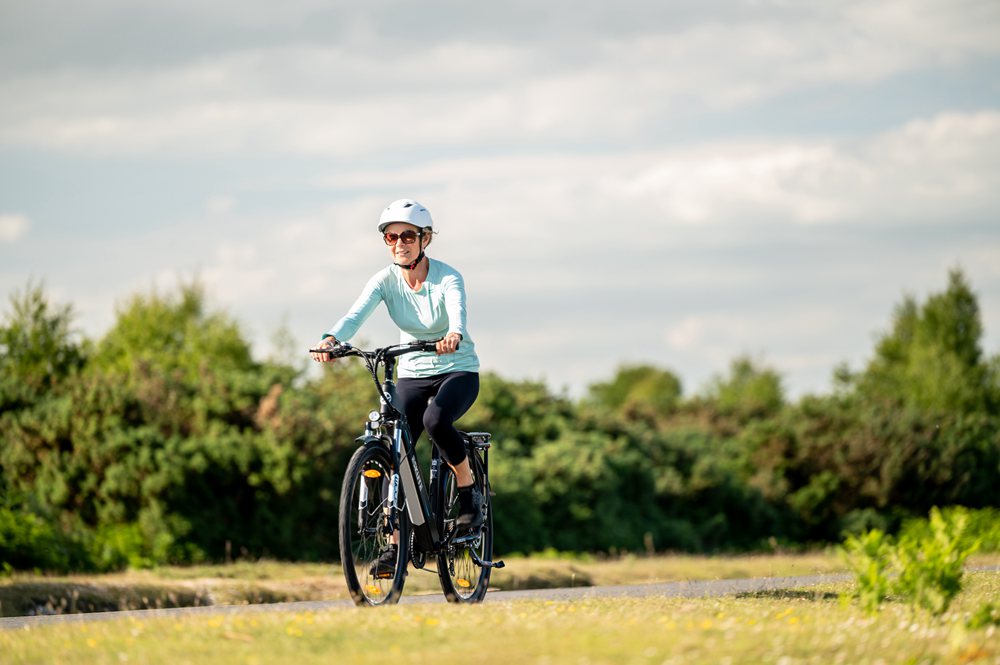
Pros
- They're often the lightest and most aerated helmet types (depending on the model, however)
- They come with adjustable straps to fit
- Highly comfortable, regardless of the ride length
Cons
- Limited cover for the back of the rider's head in some models
- Not as secure as full-face helmets
Full-face MTB helmet
A full-face mtb helmet is your best bet for maximum head protection when hiking the rough trails and woods. These helmets have total coverage, appropriate fit, and durability as top features that highlight them above other helmet types.
Although, the full-face mtb helmet's full coverage could be a disadvantage when you aren't riding challenging terrains. For instance, they could make you sweat more or feel strangely 'enclosed' after several hours of use. Additionally, they're typically heavier than open-face helmets, which makes them potentially frightening to pedestrians or other trail bikers.
Fortunately, some modern full-face mtb helmets are exceptionally lightweight. They provide maximum protection for riders' heads while placing much less weight on riders.
If you intend to purchase a full-face mtb helmet? You want to purchase one with the required certification for downhill rides. Remember to choose the perfect size, as some full-face mtb helmets don't have adjustable straps.
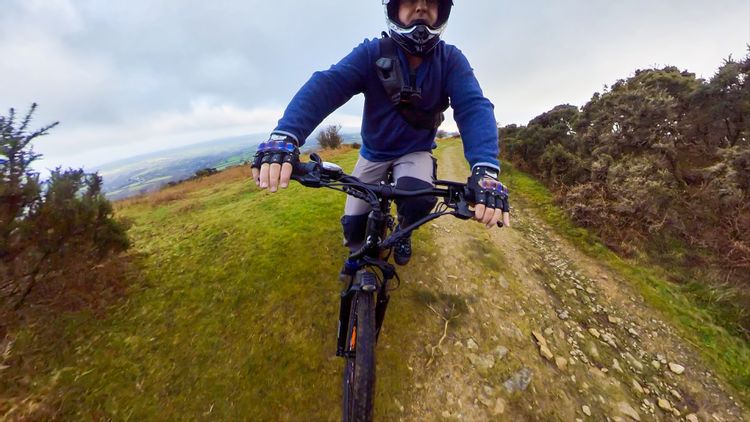
Pros
- Complete protection and coverage for riders' head
- It gives peace of mind when adventuring on a challenging path
- Fits perfectly
Cons
- Heavier than open-face mtb helmets
- Warmer and could make riders sweaty after long hours of use
- It could appear frightening to other riders or pedestrians
Convertible full-face MTB helmet
As you may have already guessed, the convertible full-face helmet gives you a 2-in-1 mtb helmet. Thanks to its adjustable chin section, the convertible full-face mtb helmet provides both advantages of the open-face and full-face helmets.
The perfect convertible helmet offers maximum comfort and aeration when climbing uphill and good coverage when cycling downhill. However, manufacturers often produce various models for different purposes.
There are convertible mtb helmets with an exclusive certification for downhill strides, while some have nearly 'useless' chin guards. If you're considering purchasing a convertible full-face mtb helmet, consider purchasing a certified model for your preplanned riding conditions.
Do you expect to ride a combination of challenging singletracks and uphill rides on your eMTB? Consider choosing a downhill-qualified convertible mtb helmet that can readily serve as an open-face helmet. Regardless of your preferred option, ensure the helmet has a place to keep the chin piece for more ventilation.
Pros
- Convertible mtb helmets offer the advantages of both open-face mtb helmets and the full-face types
- Additional confidence and protection when cycling down dangerous paths
- Adjustable chin section for extra comfort or aeration when climbing uphill
Cons
- The helmets have to create a space to store the chin piece when the rider's climbing uphill
- Convertible mtb helmets without certification for downhill rides could offer little strength and provide minimum protection
Modern Open Face MTB helmets
A 'modern' open-face mtb helmet looks like a full-face helmet with removed chin pieces. This helmet category offers additional protection for the back of the rider's head while covering the ears. Although they offer less coverage than full-face mtb lids, new-school open-face helmets are more protective than their open-face counterparts.
Pros
- Additional coverage around the ears and the back of the head
- Extra security compared to traditional open-face alternatives
- More ventilation compared to full-face helmets
Cons
- It doesn't give enough protection like full-face helmets
- Often heavier and provides less aeration compared to open-face lids
Conclusion
You now have all the necessary information to purchase the right helmet. However, if you're considering a reliable store to make your purchase, look no further than ESKUTE emtb helmets.
An ESKUTE emtb helmet won't only protect you from accident injuries. It also has ample vents to keep your head aerated and focused. Even more, there's no need to worry about being weighed down by a protective helmet because it's lightweight. Plus, you'll feel most natural and relaxed wearing one.
As always, we wish you a happy riding experience in 2023!







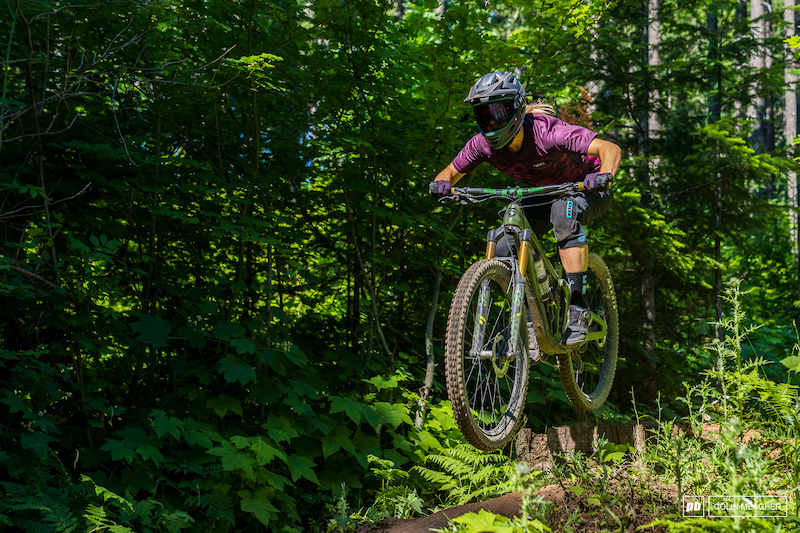

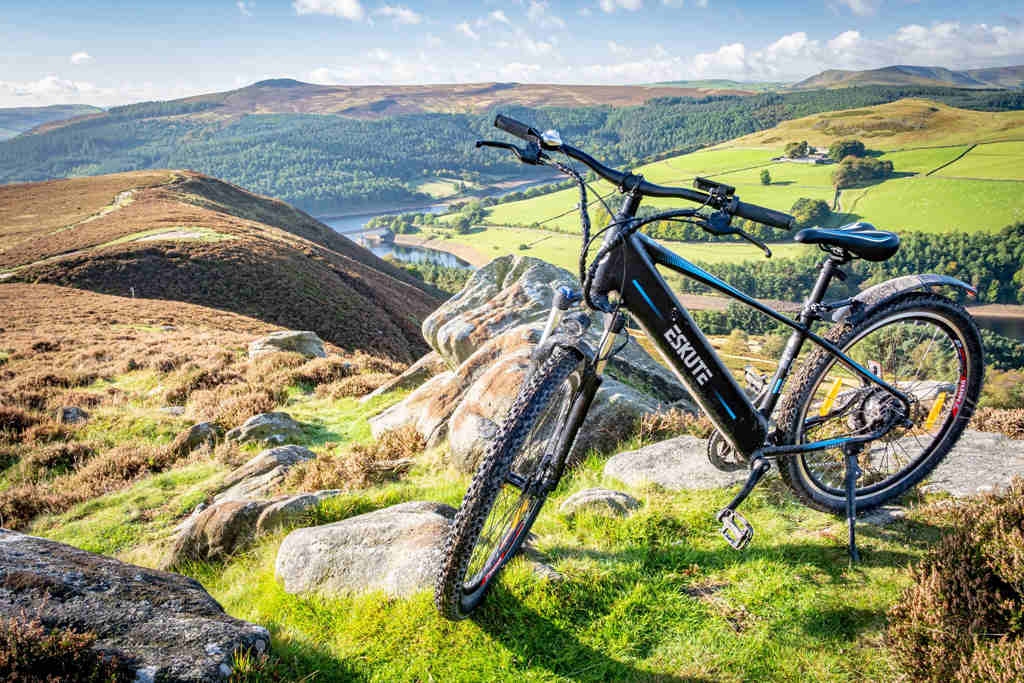
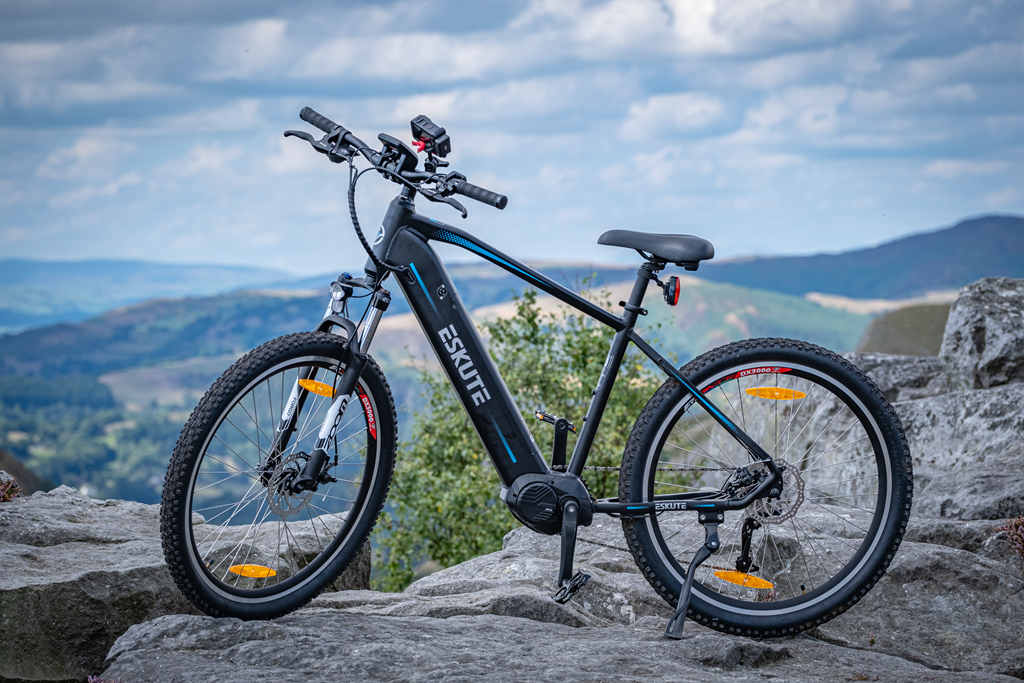
Leave a comment
This site is protected by hCaptcha and the hCaptcha Privacy Policy and Terms of Service apply.